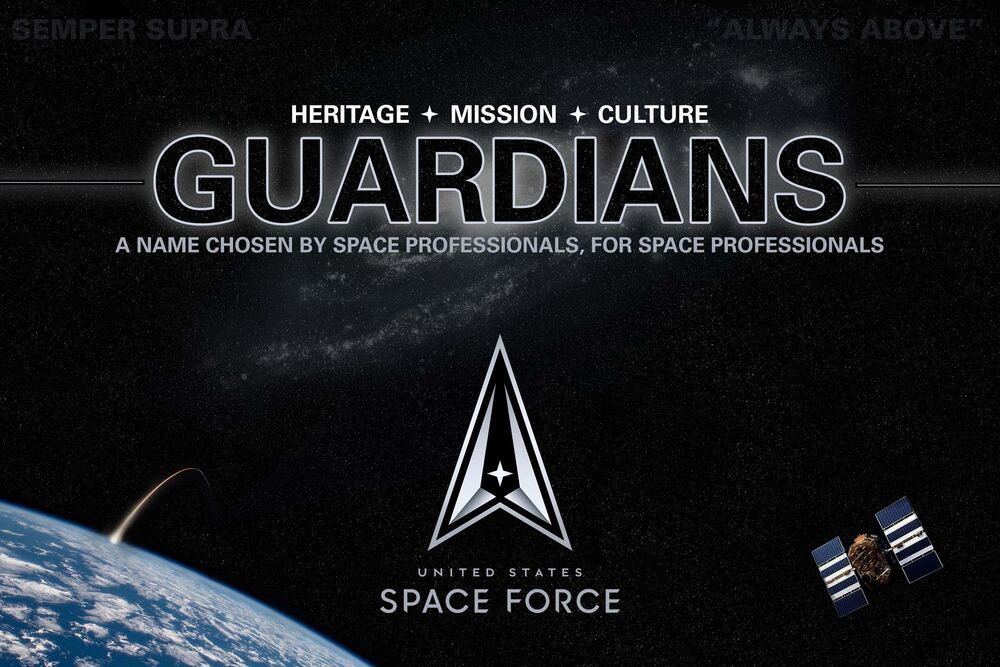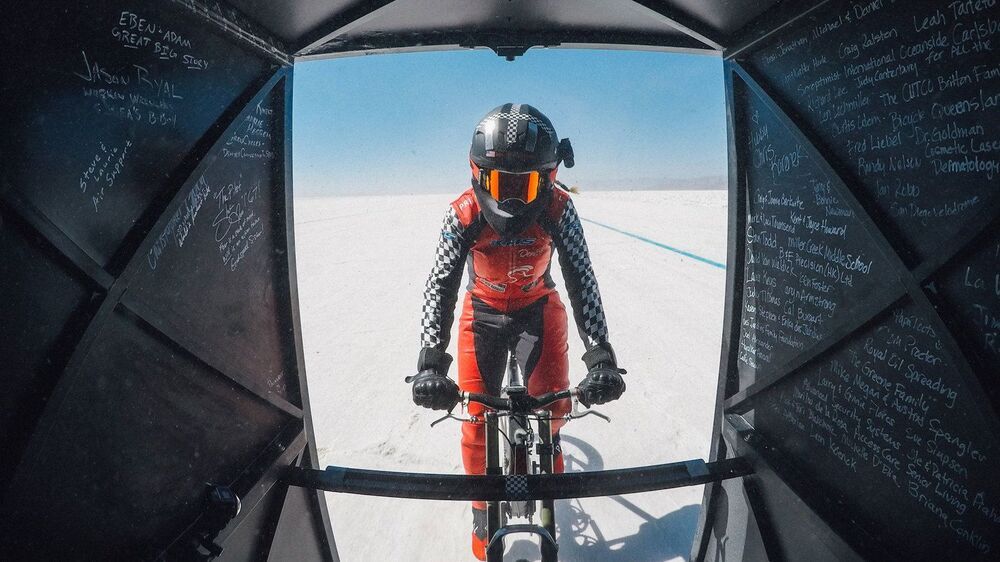Here the video of the first discussion panel out of two, during the celebration of the Healthy Masters Conference 2020, which took place on November 29, 2020. Nuno Martins, organizer and moderator of the event, asked all panelists to comment on the following theme: What can we do to improve our health and longevity. Given the essence of the event, the question was surrounded by the objective of achieving radical life extension or super longevity. My intervention starts at minute 20:13 and in the description of the video there are all the time marks that direct to the begining of each talk.
First discussion panel out of two, during the celebration of the Healthy Masters Conference 2020 which took place on November 29, 2020.
Nuno Martins, PhD, organizer and moderator of the event, asked all panelists to comment on the following theme: What can we do to improve our health and longevity?
Given the essence of the event, the question was surrounded by the objective of achieving radical life extension or super longevity.
Panelists in order of appereance:
* Naveen Jain: Founder and CEO of Moon Express Viome (00:21)
* Nichola Conlon, PhD: CEO & Founder of Nuchido (03:28)
* Kelsey Moody, PhD: Process Oriented Drug Developer and Executive (05:18)
* Peter Fedichev, PhD: Head of the Laboratory of Biological Systems (08:38)
* James Hughes, PhD: Executive Director of the Institute for Ethics and Emerging Technologies (12:12)
* María Entraigues Abramson: Global Outreach Coordinator for the SENS Research Foundation (15:14)
* Yael Sorek-Benvesti, PhD: CEO of Mediterranean Towers Venture (18:24)
* Andrés Grases, MBA: Owner and Editor of Transhumanplus.com (20:13)
* Ines O´Donovan: Founder of the Jeunessima Lifestyle Company (23:52)
* Reason, CEO of Repair Biotecnologies (27:39)
* Odette Tonnae: Founder of YOAKE, the Healthy Lifestyle Expertise.
Simulation at MIPT (31:53)







